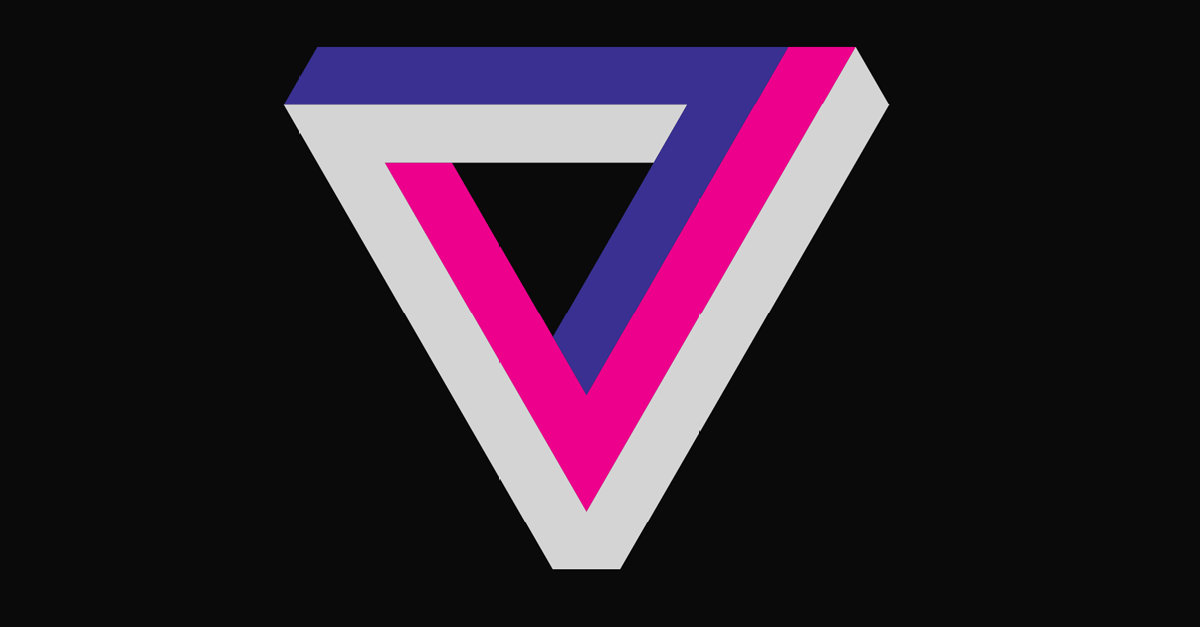The Quality Conundrum: Instagram's Approach to Video Content
October 30, 2024, 4:23 am

Location: United States, California, Menlo Park
Employees: 1001-5000
Founded date: 2010
Total raised: $40M

Location: United States, New York
Employees: 51-200
Founded date: 2011
Total raised: $400K
In the digital age, where attention spans are fleeting, video content reigns supreme. Instagram, a titan in the social media landscape, has recently stirred the pot with its approach to video quality. Adam Mosseri, the platform's head honcho, has shed light on a controversial practice: lowering the quality of videos that fail to attract viewers. This decision raises questions about fairness, visibility, and the very nature of content creation.
Imagine a bustling marketplace. The most popular stalls draw crowds, while the quieter ones fade into the background. Instagram operates similarly. If a video doesn’t catch the eye, it risks being relegated to a lower quality. Mosseri explained that this is not merely a technical glitch; it’s a strategic move. The platform aims to optimize resources, ensuring that popular content shines while less viewed videos dim.
This practice isn’t new. Meta, Instagram’s parent company, has hinted at this strategy before. In 2023, they revealed that video encoding varies based on popularity. Yet, Mosseri’s recent comments have brought this issue to the forefront. He articulated a simple truth: if a video doesn’t garner views, it loses quality. Conversely, if interest spikes, the video can be re-encoded to a higher quality. It’s a dance of visibility and engagement.
But why does this matter? For creators, it’s a double-edged sword. Established influencers may benefit from this system, enjoying the spotlight while emerging voices struggle to be heard. The fear is palpable. Will the algorithm favor the famous over the fledgling? Mosseri acknowledged these concerns but downplayed the impact. He argued that the content itself is what truly drives engagement, not just the pixels on the screen.
This perspective invites scrutiny. While it’s true that compelling content can captivate audiences, the quality of that content can also influence viewer retention. A video that looks grainy or pixelated may deter viewers, regardless of its message. In a world where first impressions matter, quality can be the difference between a scroll and a stop.
Moreover, the implications extend beyond individual creators. This approach raises questions about the diversity of content on the platform. If lesser-known creators struggle to gain traction due to quality issues, the ecosystem may become homogenized. The rich tapestry of voices could be overshadowed by a few dominant players. This isn’t just a concern for creators; it’s a concern for users seeking varied content.
Mosseri’s comments also highlight a broader trend in social media. Platforms are increasingly prioritizing engagement metrics over content diversity. The race for views can lead to a cycle where only the most popular content gets the spotlight. This can stifle innovation and creativity, as creators may feel pressured to conform to trends rather than explore unique ideas.
Yet, there’s a glimmer of hope. Mosseri reassured users that the quality drop isn’t drastic. He emphasized that the difference may not be significant enough to deter viewers. This raises an interesting question: if the quality drop is minimal, why implement it at all? It seems counterintuitive to penalize creators for lack of views when the goal is to foster engagement.
The underlying issue is resource management. Instagram, like many platforms, grapples with the sheer volume of content uploaded daily. With billions of videos vying for attention, optimizing server resources becomes crucial. However, this optimization shouldn’t come at the expense of fairness. The challenge lies in balancing efficiency with equity.
As users and creators navigate this landscape, transparency becomes paramount. Understanding how algorithms function can empower creators to adapt their strategies. If they know that quality is tied to views, they can tailor their content to attract attention. However, this shouldn’t lead to a race for virality at the cost of authenticity.
In conclusion, Instagram’s approach to video quality is a reflection of the broader dynamics at play in social media. It’s a balancing act between visibility and resource management. While the intent may be to showcase the best content, the execution raises concerns about equity and diversity. As the platform evolves, it’s essential for creators and users alike to advocate for a system that values all voices, not just the loudest. In the end, every creator deserves a chance to shine, regardless of their current popularity. The digital marketplace should be a space where all can thrive, not just the few.
Imagine a bustling marketplace. The most popular stalls draw crowds, while the quieter ones fade into the background. Instagram operates similarly. If a video doesn’t catch the eye, it risks being relegated to a lower quality. Mosseri explained that this is not merely a technical glitch; it’s a strategic move. The platform aims to optimize resources, ensuring that popular content shines while less viewed videos dim.
This practice isn’t new. Meta, Instagram’s parent company, has hinted at this strategy before. In 2023, they revealed that video encoding varies based on popularity. Yet, Mosseri’s recent comments have brought this issue to the forefront. He articulated a simple truth: if a video doesn’t garner views, it loses quality. Conversely, if interest spikes, the video can be re-encoded to a higher quality. It’s a dance of visibility and engagement.
But why does this matter? For creators, it’s a double-edged sword. Established influencers may benefit from this system, enjoying the spotlight while emerging voices struggle to be heard. The fear is palpable. Will the algorithm favor the famous over the fledgling? Mosseri acknowledged these concerns but downplayed the impact. He argued that the content itself is what truly drives engagement, not just the pixels on the screen.
This perspective invites scrutiny. While it’s true that compelling content can captivate audiences, the quality of that content can also influence viewer retention. A video that looks grainy or pixelated may deter viewers, regardless of its message. In a world where first impressions matter, quality can be the difference between a scroll and a stop.
Moreover, the implications extend beyond individual creators. This approach raises questions about the diversity of content on the platform. If lesser-known creators struggle to gain traction due to quality issues, the ecosystem may become homogenized. The rich tapestry of voices could be overshadowed by a few dominant players. This isn’t just a concern for creators; it’s a concern for users seeking varied content.
Mosseri’s comments also highlight a broader trend in social media. Platforms are increasingly prioritizing engagement metrics over content diversity. The race for views can lead to a cycle where only the most popular content gets the spotlight. This can stifle innovation and creativity, as creators may feel pressured to conform to trends rather than explore unique ideas.
Yet, there’s a glimmer of hope. Mosseri reassured users that the quality drop isn’t drastic. He emphasized that the difference may not be significant enough to deter viewers. This raises an interesting question: if the quality drop is minimal, why implement it at all? It seems counterintuitive to penalize creators for lack of views when the goal is to foster engagement.
The underlying issue is resource management. Instagram, like many platforms, grapples with the sheer volume of content uploaded daily. With billions of videos vying for attention, optimizing server resources becomes crucial. However, this optimization shouldn’t come at the expense of fairness. The challenge lies in balancing efficiency with equity.
As users and creators navigate this landscape, transparency becomes paramount. Understanding how algorithms function can empower creators to adapt their strategies. If they know that quality is tied to views, they can tailor their content to attract attention. However, this shouldn’t lead to a race for virality at the cost of authenticity.
In conclusion, Instagram’s approach to video quality is a reflection of the broader dynamics at play in social media. It’s a balancing act between visibility and resource management. While the intent may be to showcase the best content, the execution raises concerns about equity and diversity. As the platform evolves, it’s essential for creators and users alike to advocate for a system that values all voices, not just the loudest. In the end, every creator deserves a chance to shine, regardless of their current popularity. The digital marketplace should be a space where all can thrive, not just the few.

